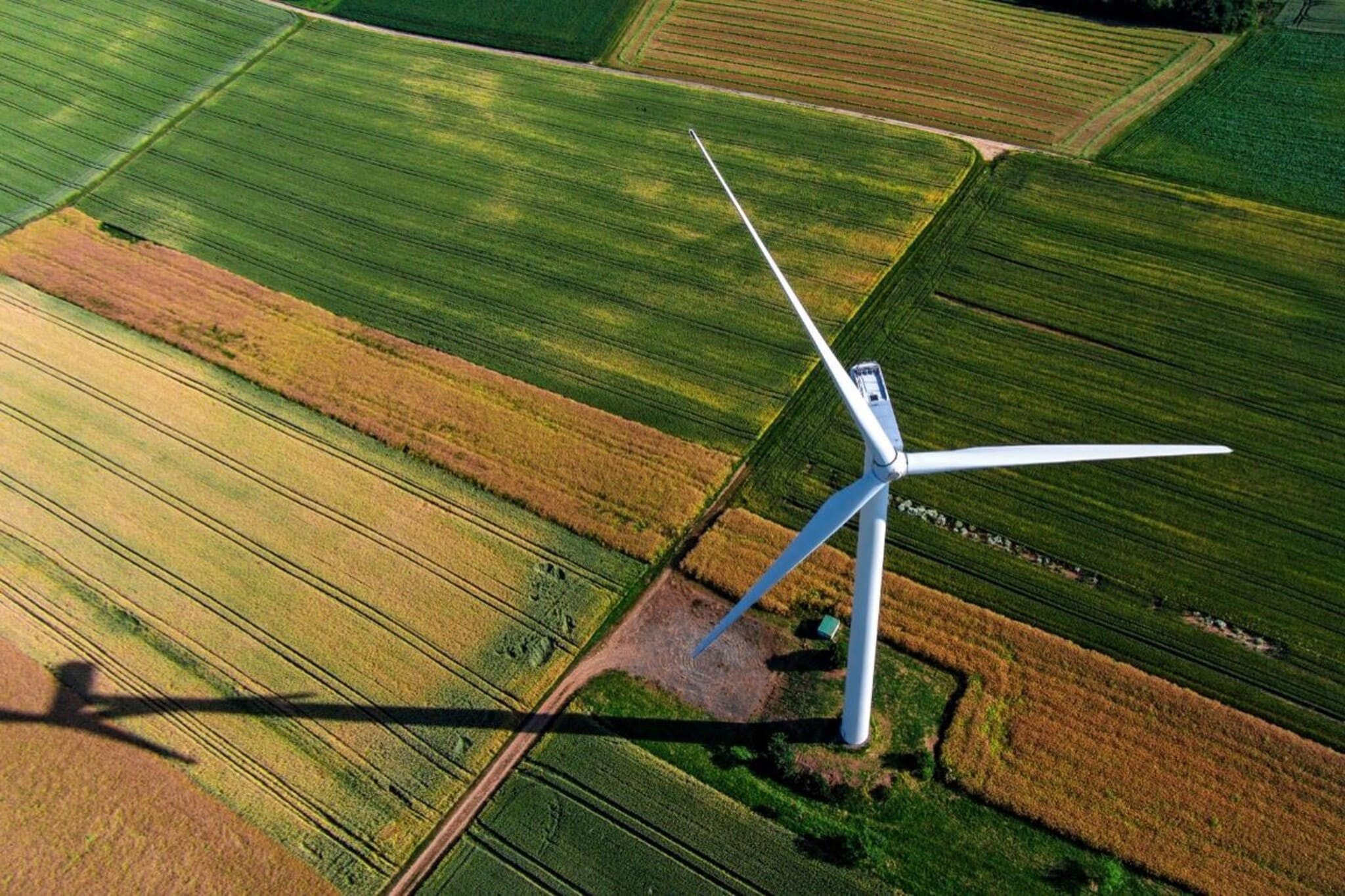Future Energy Scenarios and flexibility for net zero success
Explore key insights from the latest Future Energy Scenarios report, highlighting the importance of flexibility to meet net zero.

As the world transitions towards a cleaner and sustainable energy future, flexibility emerges as a crucial element in balancing the supply and demand of energy. This blog delves into the key insights from the Future Energy Scenarios report, highlighting the importance of flexibility and the diverse range of solutions required to ensure the successful operation of a high-renewables, net zero energy system.
The changing landscape of energy flexibility
Operating a future energy system with high levels of renewables, and without unabated natural gas generation, requires a significant increase in flexible, zero carbon capacity. Traditional natural gas generation, historically responsible for delivering flexible services, will need to be replaced by new technologies. This shift underscores the need for innovative solutions to support the stability and balance of the grid.
Beyond peak demand: addressing supply and flow variations
Traditionally, peak demand has been the primary driver for stress on the energy system. However, as the use of renewable energy sources increases, any peaks and troughs in electricity supply and flows will also become important factors. This highlights the need for flexibility to manage fluctuations in energy generation and ensure a stable grid.
Short-duration flexibility for intra-day demand fluctuations
Meeting supply and demand within the same day requires large amounts of short-duration flexibility. As renewable generation experiences periods of high or low output, the ability to match supply and demand becomes critical. Robust flexibility solutions are needed to manage these fluctuations and maintain grid reliability.
Extreme weather events and long-term flexibility
During extreme weather events, flexibility becomes essential for weeks at a time. The need for diverse and adaptable flexible solutions is necessary to maintain a reliable energy system in such extreme periods. Long-duration energy storage (LDES) and interconnectors can play a significant role in managing supply and demand, as well as ensuring the security of supply during prolonged low renewable output periods.
Distributed flexibility: a key enabler for net zero
The growth of distributed flexibility, which includes flexible energy demand resources such as storage, electric vehicles (EVs), heat pumps and thermal storage, is a crucial enabler for achieving net zero. These decentralised solutions, connected at the distribution level, empower consumers to actively participate in the energy transition and provide flexibility services to the grid.
Demand-side flexibility: an increasingly important factor
Demand-side flexibility, particularly through demand-side response (DSR), is gaining importance. The Demand Flexibility Service has shown promising results in terms of consumer willingness to participate in DSR. However, the full potential of DSR can only be realized with appropriate market signals and technological advancements. The report predicts a potential of 6-12 GW of DSR by 2040 from residential, commercial, and industrial sectors in net zero scenarios.
Market reform for optimisation and cost reduction
Market reform is vital to provide the necessary locational signals for optimizing dispatch and siting decisions of flexible capacity across the entire energy system. With suitable market reform, accompanied by market-wide half-hourly metering systems and automation, consumers can reduce their energy costs whilst also lowering the overall costs of operating the energy system. Additionally, investment in locational flexibility is crucial, as certain locations may gain greater value from energy storage, interconnectors, DSR, or electrolysis, helping to reduce curtailment.
Flexibility in the future net zero system
Flexibility emerges as a critical element in achieving a net zero energy system with high levels of renewable generation. From short-duration flexibility to long-term solutions during extreme weather events, and from distributed flexibility to demand-side response, the energy landscape is evolving to include a diverse range of technologies and market reforms. By embracing flexibility, we can ensure a reliable, resilient, and sustainable energy future.

Stay informed with the latest industry developments
The UK energy system is evolving rapidly, and we regularly publish reports and guides to keep our customers informed about the latest trends and insights. Explore our collection, and stay ahead of the curve.

